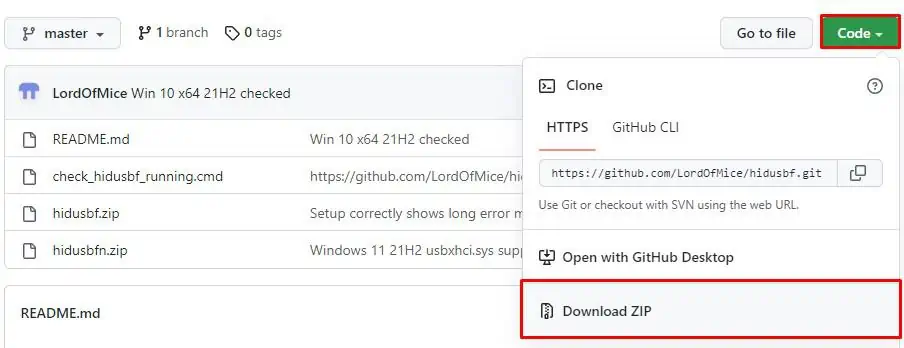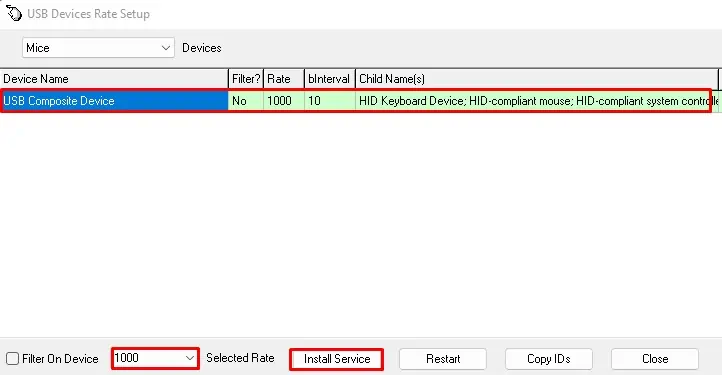A higher polling rate does matter in a mouse. However, a higher polling rate on a keyboard is debatable on whether it improves your gaming performance. Since a mouse constantly sends data about its position to the Operating System, it benefits from the higher polling rate.
The keyboard, on the other hand, does not constantly send data. It only records data once you press on it. Therefore, unless you press a button faster than the keyboard’s polling rate, the keyboard will always detect a button press.
What is a Polling Rate?
A polling rate determines the number of times a peripheral device, such as a mouse or a keyboard, sends data to the computer. A higher polling rate means the device communicates to the Operating System more frequently, providing precise data.
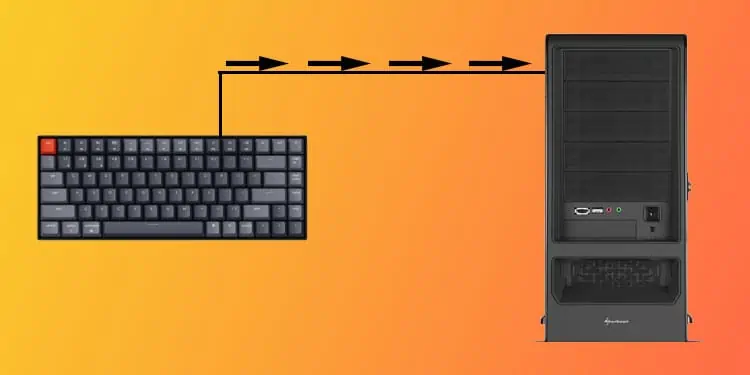
The polling rate is measured in frequency (Hz). Higher the frequency, greater the rate at which adevice updates data to the OS.A polling rate of 500 Hz means that a peripheral device records data 500 times in one second, or it takes two milliseconds to send single data.
In terms of the mouse, this data could be information about the position and button press. As for the keyboard, thedata is the status of a keyboard. That is, if it is still connected and what state the keyboard is in. This is how a keypress is registered through a keyboard.
How Does Polling Rate Work on a Keyboard?
Unlike mouse, two key factors determine the input latency on a keyboard,the polling rate and the scan rate.Polling rate and scan rate is not the same. Polling rate is the frequency at which the system inquires the state of the keyboard. Here, the state of the keyboard denotes if thekeyboard is connectedand input ready or not.

Scan ratemeasures the number of times a keyboard updates its state internally regarding the keymatrix. When you press a key, there is a small interval where the keyboard does not take any input, to let the pressed key come to it’s natural position. This inactive state is called bounce back state. It is by default, encoded into every keyboard’s firmware.
Once this interval is over, the keyboard is back, ready to record a keypress. This interval between a key being pressed and keyboard getting ready to take another input is calledkeyboard’s bounce back time.The keyboard only updates itself internally after every bounce back time.
A keyboard with polling rate of 1000Hz means, it updates its state every one millisecond. However, this is not the keyboard’s actual latency.Combination of polling rate and scan rate determines keyboard’s maximum input latency.
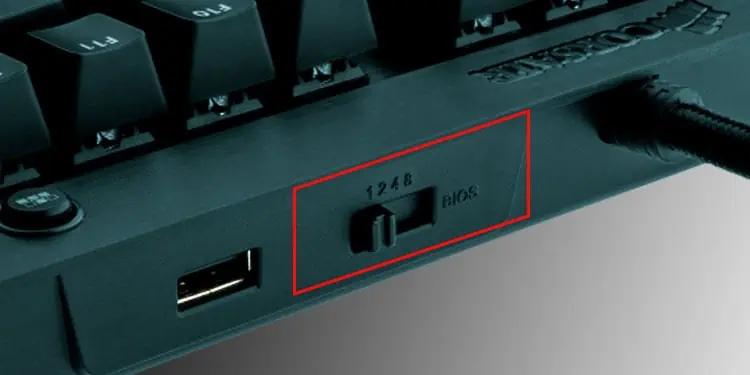
Combining a keyboard’s polling rate and bounce-back time, you get the keyboard’s latency. For example, a keyboard with a polling rate of 1000 Hz is polled every 1 ms and the bounce-back interval of 125 Hz (8 ms) means its maximum latency is 1 + 8 = 9 ms.
This means no matter what the polling rate, the keyboard wont be able to feed any input sooner than 8 ms. Here, the polling rate only accounts for 1ms out of the latency of 9 ms of input delay.
So when getting a keyboard,you need to consider both its scan rate and polling rate.
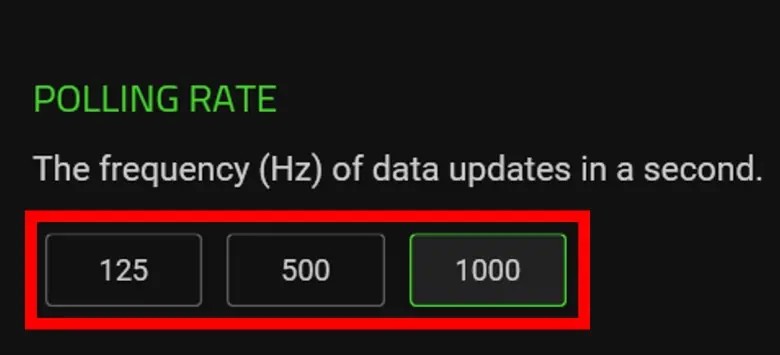
Does Keyboard Polling Rate Matter?
